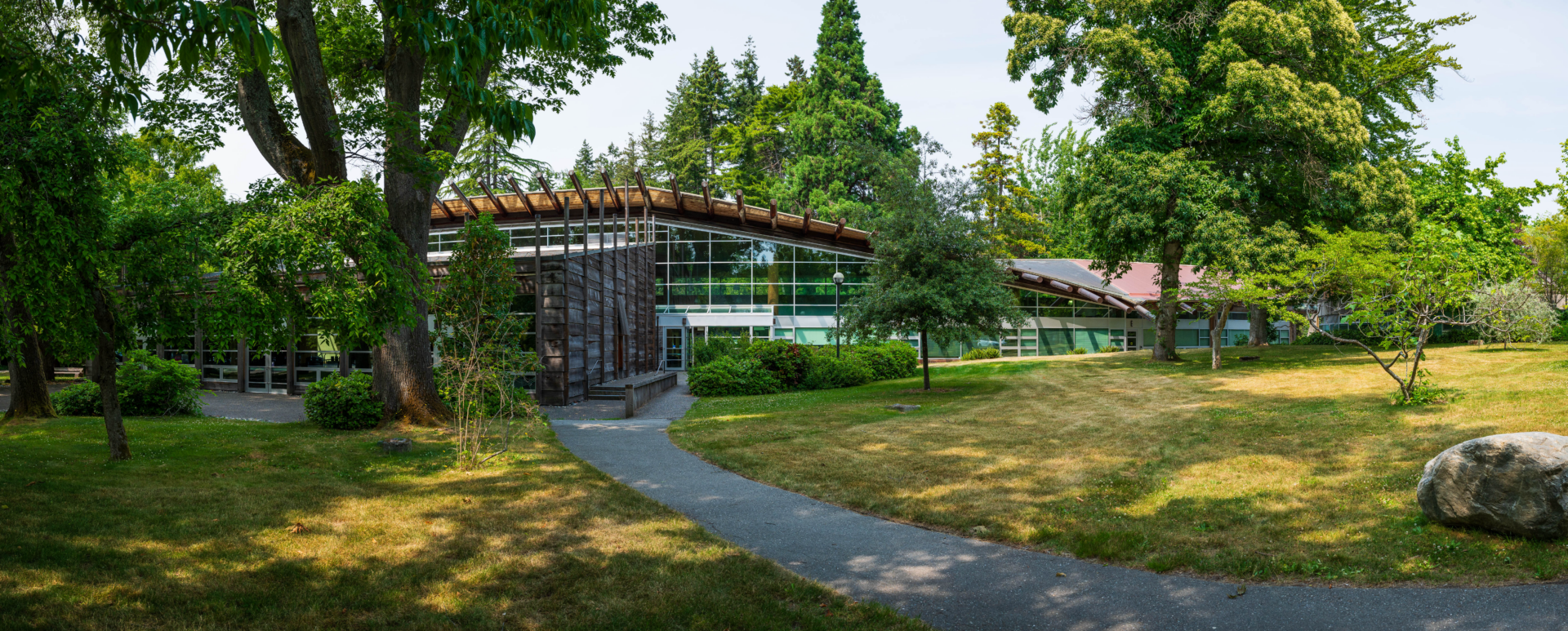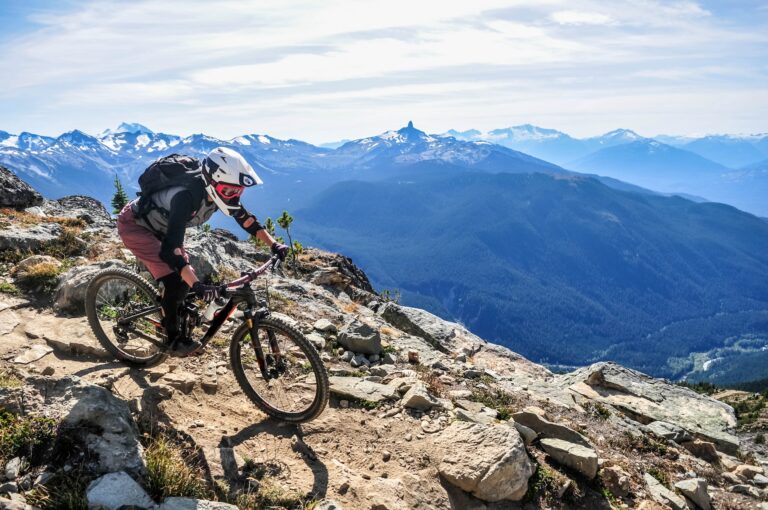“Culture is medicine.”
Reflecting on his early days as an undergrad student in UBC’s Indigenous Teacher Education Program, or NITEP, Dave Robinson recalls feeling overwhelmed.
The year was 2013, and Robinson, who is Anishinaabe Algonquin from Timiskaming First Nation in Quebec, had been working at his self-owned landscaping business for nearly a decade prior to enrolling at UBC Vancouver.
“UBC was quite daunting – a big place, massive lecture rooms. It was so completely different from what I had been experiencing,” he said. “I was adapting to it, but there was also a disconnect.”
Robinson admits that making the transition to an institutional environment would have been very difficult were it not for the services offered at the First Nations Longhouse.
Along with fellow NITEP students, Robinson quickly tapped into the support, connection and resources provided there, such as weekly student lunches, study areas and Elder-in-residence. Staff were also on hand to help him navigate the university environment.
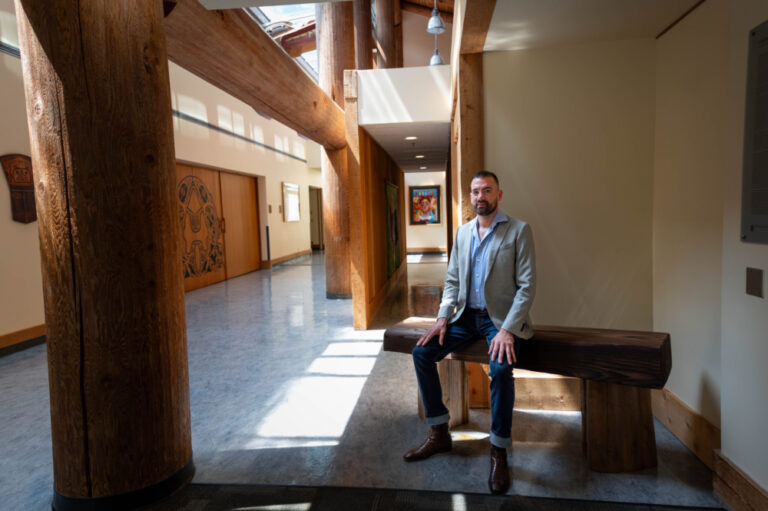
The benefits of the Longhouse really hit home for Robinson and his cohort during the final year of NITEP. “It’s the year when you are together with all the other teacher candidates including non-Indigenous students. Whenever anything comes up that has to do with Indigenous content, everyone looks to you for direction,” he said.
“Having an Indigenous space to meet, share our experiences in the program, and discuss ways to best support one another really helped with our mental health and overall wellbeing. Culture is medicine and the Longhouse brings culture to campus,” he said. “That’s good medicine for me, and for other First Nations, Inuit and Métis people.”
“The building was entirely decided by us – the Indigenous people.”
It was Dr. Verna Kirkness, a member of the Fisher River Cree Nation in Manitoba and the first director of the First Nations House of Learning (FNHL), who led the development for a safe and culturally supportive community space for Indigenous students at UBC in the late 1980s.
Subsequently, she became known as Ni-Jing-Jada (the “Longhouse lady”), a Haida name that was given to her.
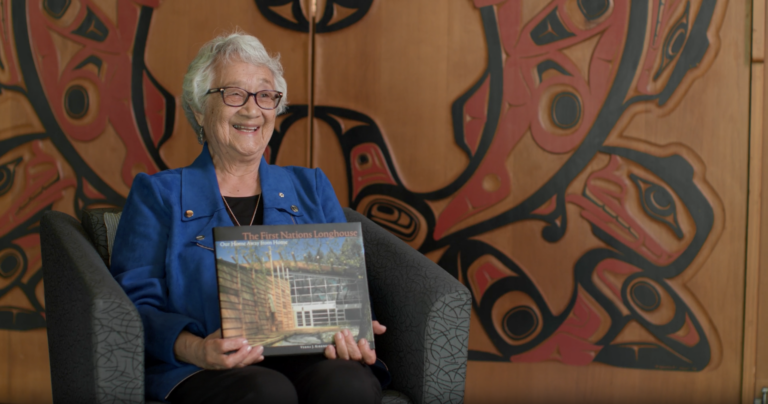
Dr. Kirkness, who is also a former director of the NITEP program, knew that without this type of space, many of the Indigenous students coming to UBC from across Canada – some away from their home communities for the first time – “just wouldn’t have made it.”
In part, the creation of the Longhouse was driven by necessity. At the time, FNHL was housed in temporary World War II huts on campus.
“I got word that they were going to demolish the huts, so I spoke to the President’s office and said, ‘We’re going to be displaced. This is what we think we should do,’” said Dr. Kirkness.
After receiving a positive response from the university’s leadership, she then struck a planning committee in 1989 comprised of Indigenous Elders, faculty, staff and students, and hired architect Larry McFarland.
“The Elders were with me every step of the way,” said Dr. Kirkness. “That’s how we came to realize we were not to build a Haida house on Musqueam territory. Instead, we talked with the Chief and Council at Musqueam, and they said: ‘We like your idea, but we’d really like you to build it Musqueam style.’”
As a result, McFarland’s architectural design for the 21,500 square foot Longhouse replicates a Musqueam shed-style. Inside, house posts and roof beams carved by First Nations artists from different parts of the province grace Sty-Wet-Tan Great Hall, with each holding a symbolic meaning or teaching. Other artworks by Indigenous artists from across Canada are displayed throughout the building, ensuring that the space is meaningful and welcoming for all.
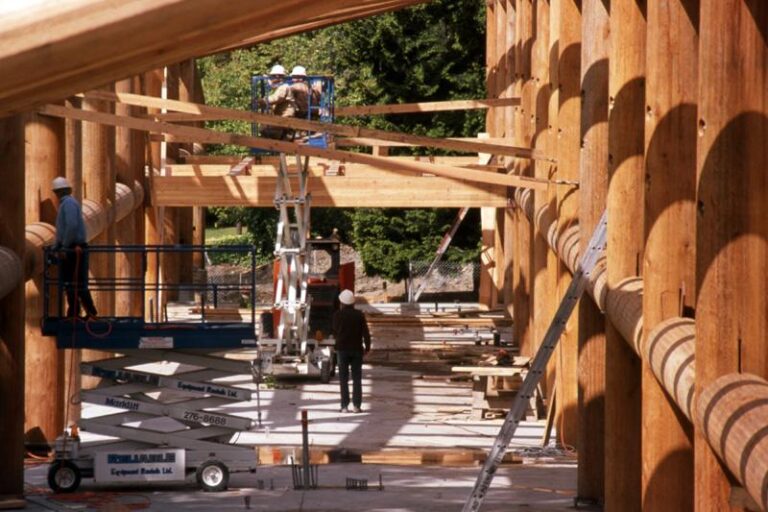
X̱wi7x̱wa Library, also designed by McFarland, sits adjacent. Its design resembles a pithouse, or kekuli house, a traditional interior Salish winter dwelling where storytelling and knowledge sharing commonly took place.
In more recent years, a number of post-secondary institutions have created similar facilities, but when the Longhouse opened its doors in 1993, it was the first of its kind on a North American university campus.
Today, Dr. Kirkness beams with pride and gratitude for all who contributed to creating the Longhouse, a “home away from home” for Indigenous students.
“The building was entirely decided by us – the Indigenous people,” said Dr. Kirkness. “That’s unknown in other universities. Every part of this building was built with honour to the Great Spirit.”
“We’re visible people.”
At its core, the Longhouse, which is administered by the First Nations House of Learning, is a student community space.
Sty-Wet-Tan Great Hall hosts various student events and gatherings, including annual Indigenous graduation ceremonies and free weekly student lunches that are routinely attended by more than 100 Indigenous students. Other Longhouse spaces are used for tutoring, wellness workshops and counselling services for Indigenous students.
The Longhouse also hosts the Indigenous Students Collegium. This student-led space, which began as a pilot project in 2019 under FNHL’s current director, Dr. Margaret Moss, is now an essential offering. Recently gifted the Musqueam name šxʷta:təχʷə, the Collegium is used by students to “cook, study, socialize, or even sleep if they want to,” said Dr. Moss.
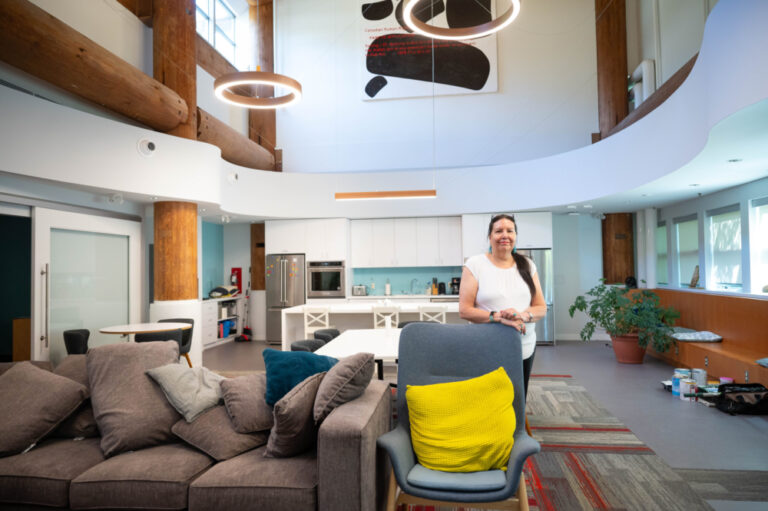
Throughout its 30th year, FNHL is celebrating the Longhouse with a series of events and activities. One event included a grand opening for the Longhouse’s new east wing, which completes the building’s original design.
“We added a large multi-purpose room, additional office space and a soundproof room where students can talk confidentially with counsellors,” said Dr. Moss, an enrolled member of the Mandan, Hidasta and Arikara Nation (Three Affiliated Tribes) of North Dakota and a professor at the UBC school of nursing.
“We also repaired the waterfall feature that was an important part of the original design. The Elders back then said: “You need to have all of it. The water, the trees, all the elements need to be there.”
Looking back to when the Longhouse first opened, Dr. Kirkness said it “enabled First Nations people to share their knowledge and culture with each other, and also with the greater university community.”
She added that its presence on campus “had a great impact,” including announcing to everyone that “we’re visible now. We’re visible people.”
Looking forward, Dr. Moss anticipates the Longhouse’s role on campus will only become more important, particularly as more and more Indigenous students, faculty and staff come to UBC.
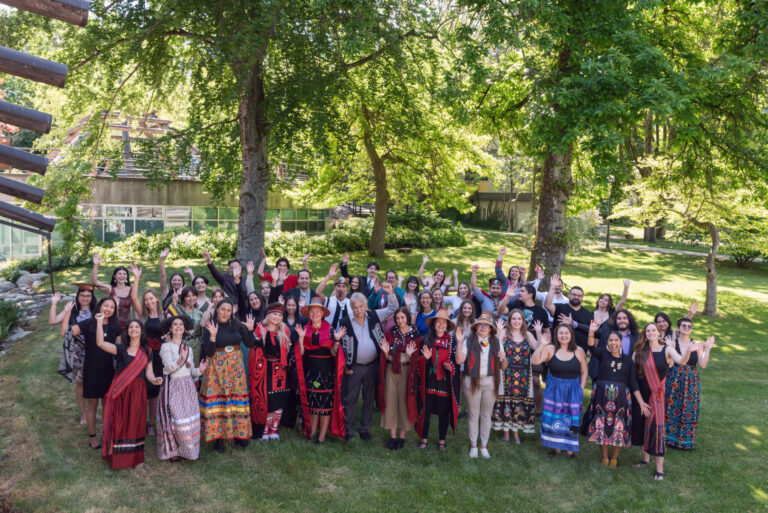
“Even after you leave, you can come back and be welcomed.”
Dave Robinson is now a PhD candidate in experimental medicine in UBC’s faculty of medicine, following in the footsteps of his mother, Dr. Jocelyn Robinson, who completed her PhD in education from UBC in 2016. He is also working as an Indigenous enhancement teacher with the Vancouver School Board.
He says the connections he has made at the Longhouse have been invaluable to his education and professional journey, and that he has even worked trips to the Longhouse into lesson plans with the school board.
“We recently brought 60 elementary kids to the Longhouse and the staff there were so welcoming. We went into Sty-Wet-Tan Great Hall and they had this massive map on the floor – the Indigenous Atlas of Canada. It shows all the Indigenous peoples’ territories and walks people through the progression of non-Indigenous people coming to their lands, to what is now Canada,” he said.
“That’s what a home is – it’s somewhere that, even after you leave, you can come back and be welcomed.”
This article was produced by UBC Media Relations, in partnership with the First Nations House of Learning.
